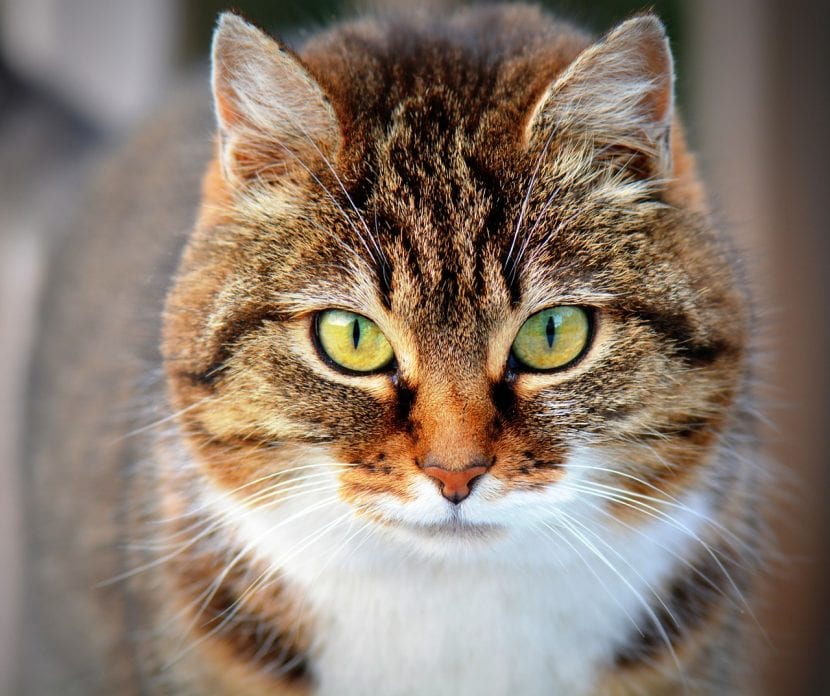
The beautiful cat that is now resting peacefully on our sofa, the one that looks at us with those eyes so sweet and tender that you want to eat them with kisses, and that starts to purr every time we caress its back or its little head, He has ancestors who traveled on Viking ships.
And not only that, but although until now it was believed that felis catus They had left Egypt to divide the rest of the world in a single expansion, in reality it was not like that. Discover how cats conquered the world.
Thanks to the drop in the cost of DNA analysis, researchers can learn more details about the past of these magnificent and enigmatic animals. Thus, the geneticist Eva-Maria Geigl, from the Jacqued Monod Institute in Paris, carried out a surprising study, in which it is revealed that the little cats accompanied the Vikings and merchants in their boats to, thus, reach other parts of the world and, incidentally, take a walk by the ocean, something that was completely unknown to them until then.
Geigl and his team, analyzed the mitochondrial DNA - which is passed from mother to child unchanged - from 209 domestic cats from 30 archaeological sites in Europe, Africa and the Middle East. These animals span human history from the creation of agriculture to the 18th century.

The result must have surprised them as much as it surely will surprise you: the cats divided the world in two waves. The first occurred when agriculture appeared in eastern Turkey and the Mediterranean, where the ancestors of domestic cats live.. It is suspected that the grain attracted rodents, and these in turn attracted cats, which began to be viewed favorably by farmers.
The second expansion occurred several thousand years later, in Bulgaria, Turkey, and sub-Saharan Africa, between the fourth centuries BC. C. and fourth d. C. By then the sailors probably had already seen the cat, the companion they so badly needed to keep rodents at bay. In fact, a cat with Egyptian mitochondrial DNA was found at a Viking site in northern Germany, dating to between 700 and 1000 AD.
Thus, the domestication of the cat did not occur 4000 years ago as was believed, but at least it does 6000 years.
The study has been published in Nature magazine, and you can read it by doing click here.